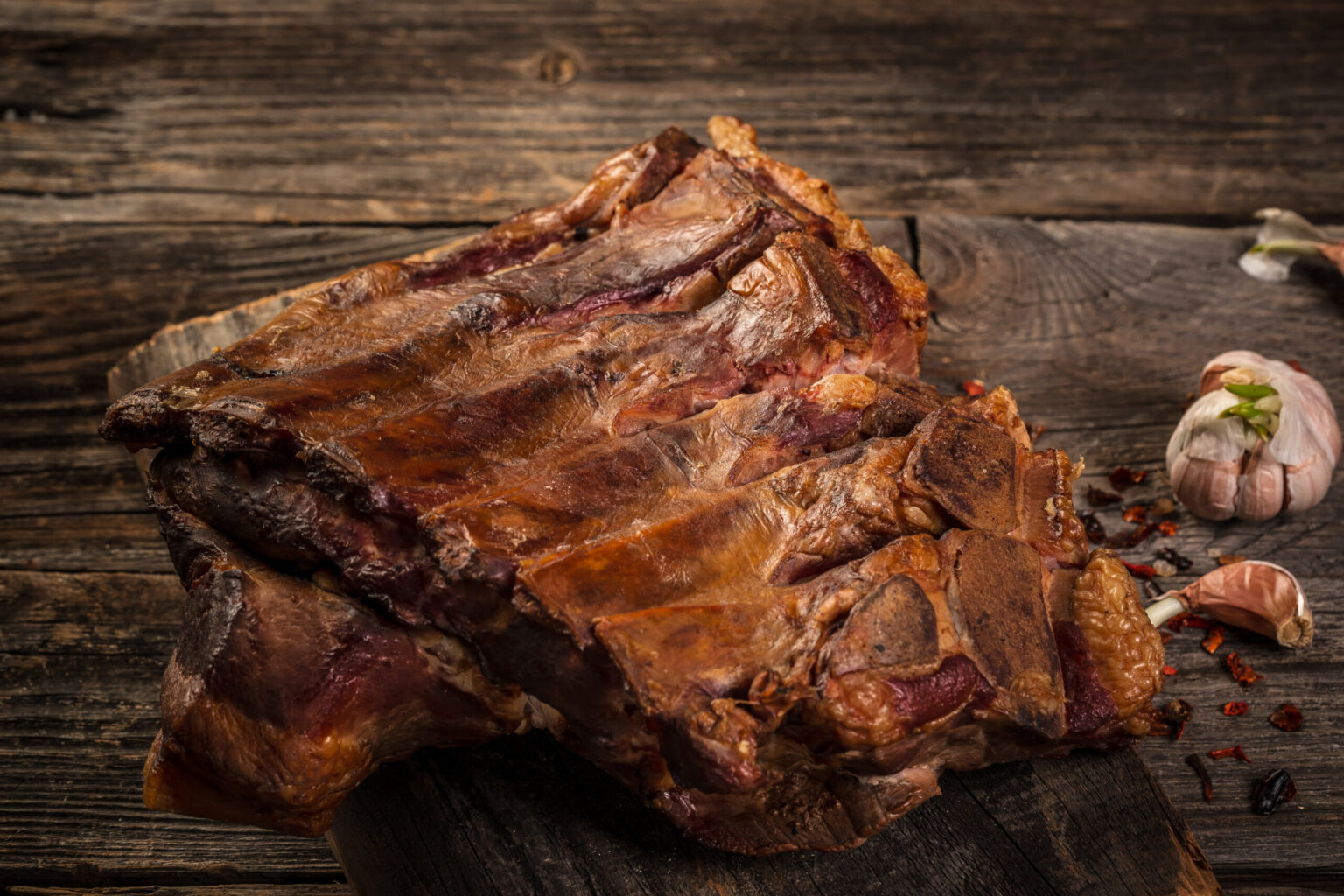What are baby back ribs? How exactly are they different from other cuts of pork? Luckily for you, we’re here to give you the rundown on your favorite type of meat.
Anatomy of Baby Back Ribs
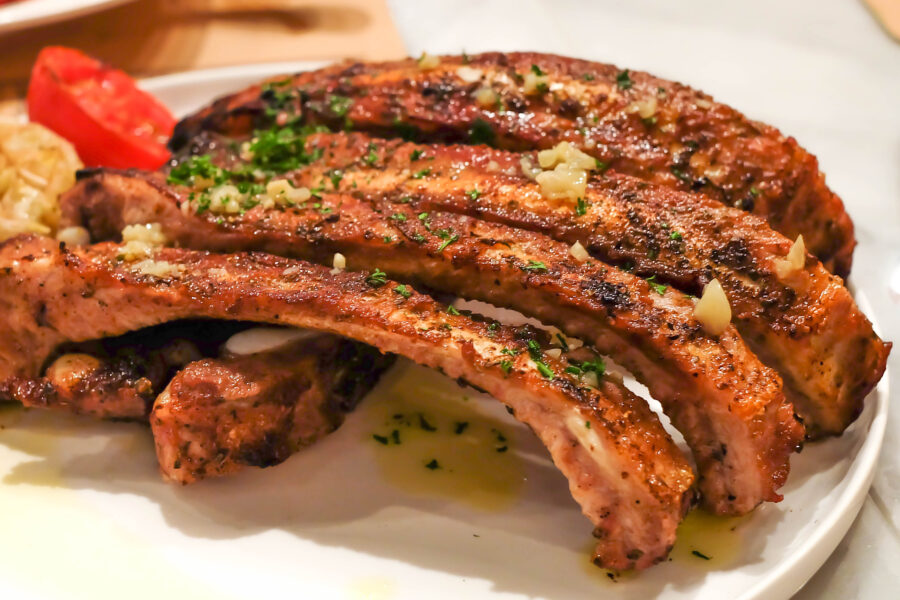
Surprise, surprise: baby back ribs are ribs. Not all ribs are created equally, however — baby back ribs tend to be smaller than, say, spare ribs.
According to Destination BBQ, they’re taken from a very specific part of the pig. They’re wedged in between the spare ribs and the spine.
And no, they don’t come exclusively from piglets. While the name may be misleading, it was actually used as a marketing tactic.
Baby Back Ribs vs. Spare Ribs
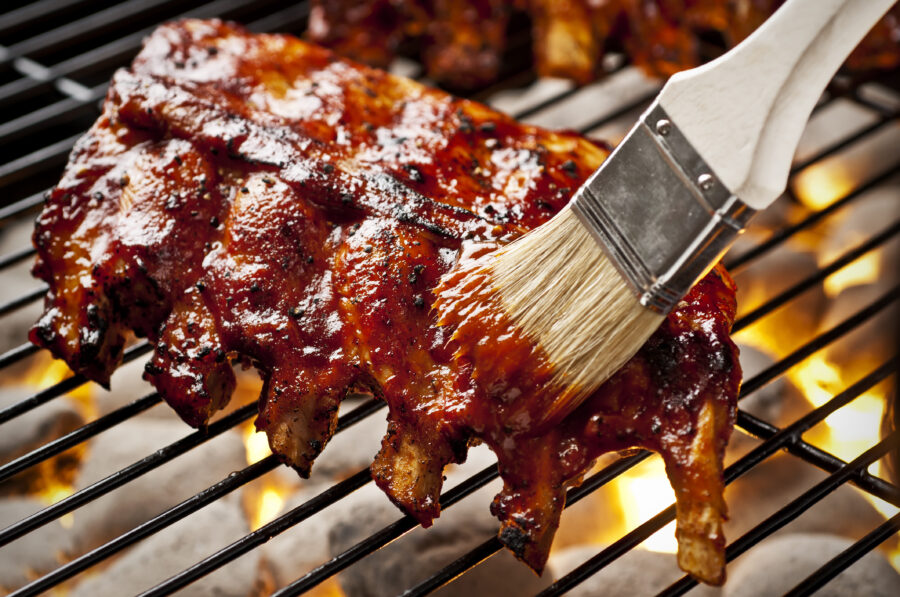
While both of these cuts are ribs, they’re taken from different parts of the rib cage. Spare ribs come from a longer part of it, from a lower section.
It’s not just the size and anatomy. The taste and texture between spare and baby back ribs are also totally different from one another.
If you like lean and tender meat, then baby back ribs are for you. Spare ribs have a stronger flavor, however, which may make them more appealing.
Origins of the Name
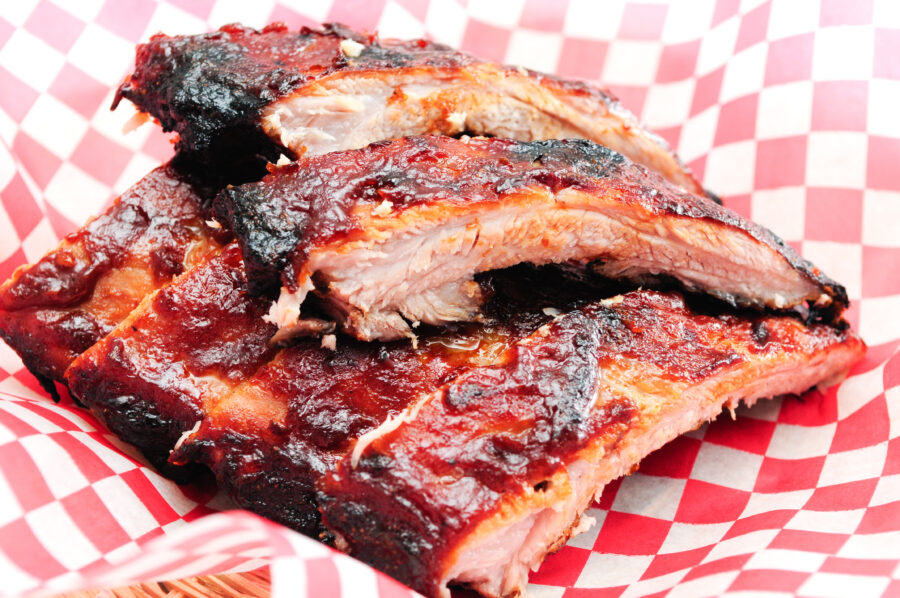
We mentioned that the phrase “baby back ribs” was created as part of a marketing campaign. But why was that name chosen? And when?
The “baby” comes from the small size of the rib. According to Merriam-Webster, the first known usage of the phrase was in 1954.
However, other stories differ, claiming that the phrase came from the 1980s. In this version, “baby back” was meant to make the ribs sound cuter and more marketable.
Nutritional Information
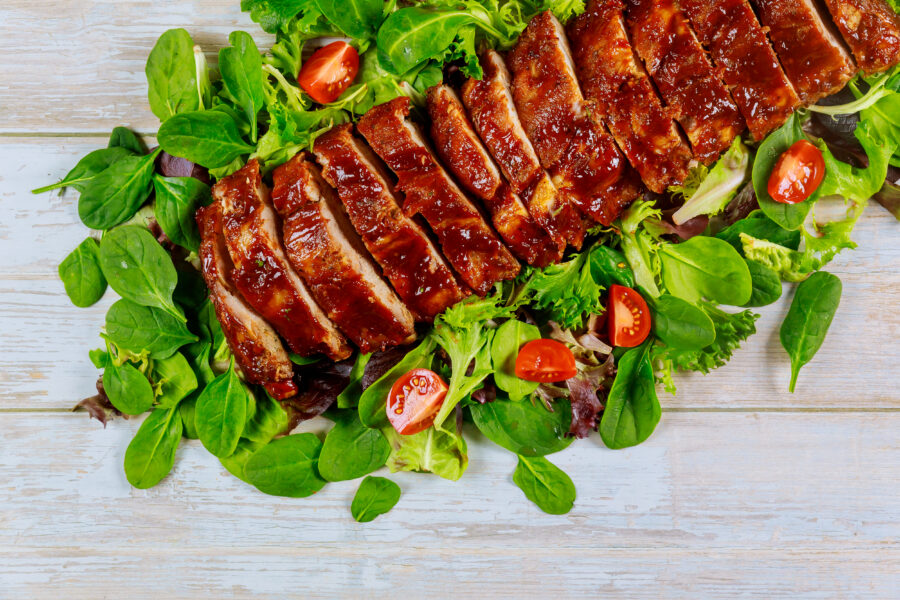
Baby back ribs are made from a specific part of the pig. So, it makes sense that its nutritional content would differ from other cuts.
They’re a leaner type of meat, with lower fat content than spare ribs. They’re packed with protein — a serving size contains 20 grams (per Eat This Much).
Baby back ribs are also very low in carbs, containing virtually none. These nutrition facts are subject to change depending on how you marinate them.
Selecting the Best
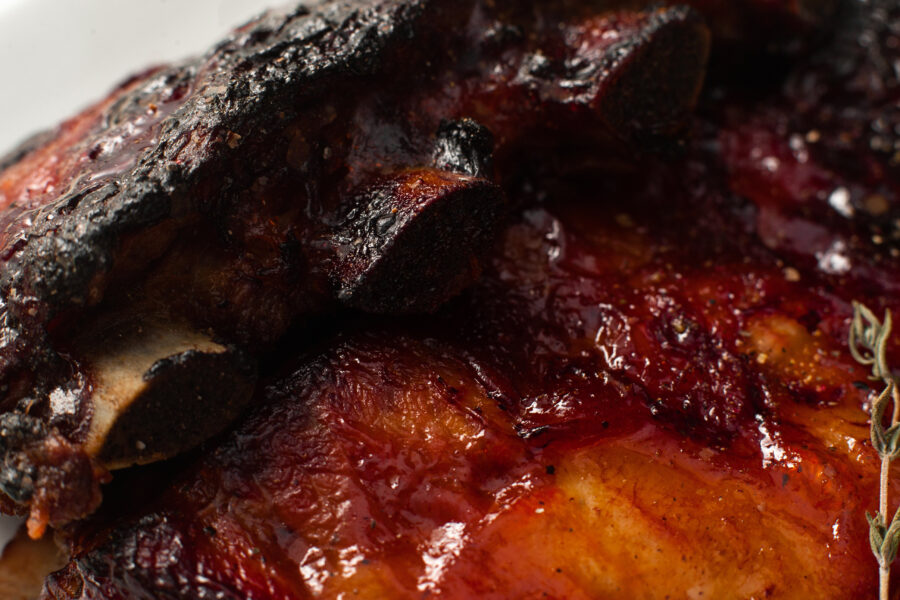
There’s a myriad of different ways to cook baby back ribs. We can’t say which one is objectively the best, but we can give you the rundown.
Baby back ribs are known for their tenderness. If it doesn’t fall off the bone and melt in your mouth, steer clear. It’s not the best.
You’ll also want to keep flavor in mind. Baby back ribs should taste good, but the taste shouldn’t be overwhelming. Less fat means milder flavor.
Preparation Techniques
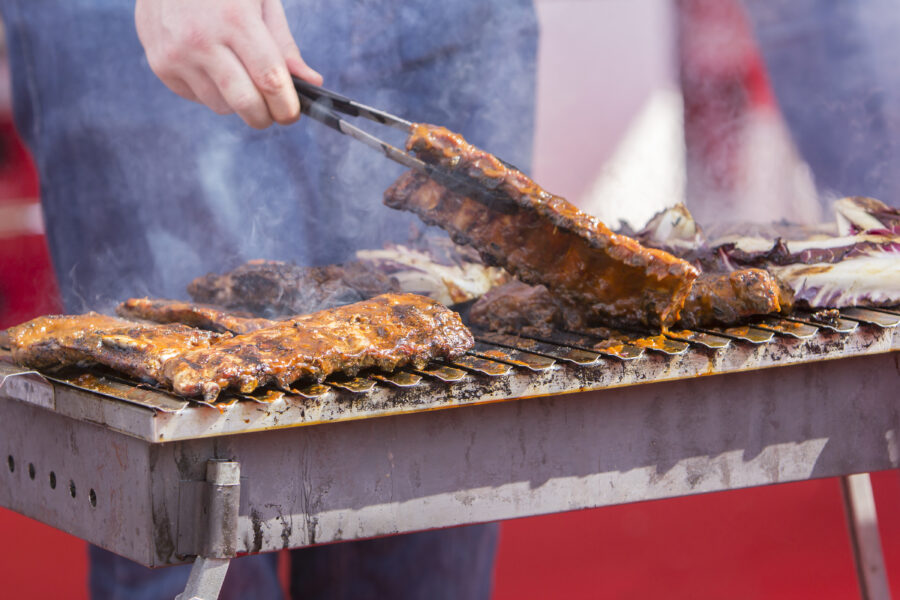
The 3-2-1 method is praised by cooks of all kinds (per Barbecue Bible). It’s widely accepted, easy to remember, and yields delicious results.
In total, it’ll take six hours to cook ribs using this method. You’ll spend the first three hours smoking the meat at 225 degrees Fahrenheit.
Then, you’ll wrap it in tinfoil and cook it for two hours. Once that’s done, unwrap the foil, cook for another hour, and smother it in sauce.
Serving Suggestions
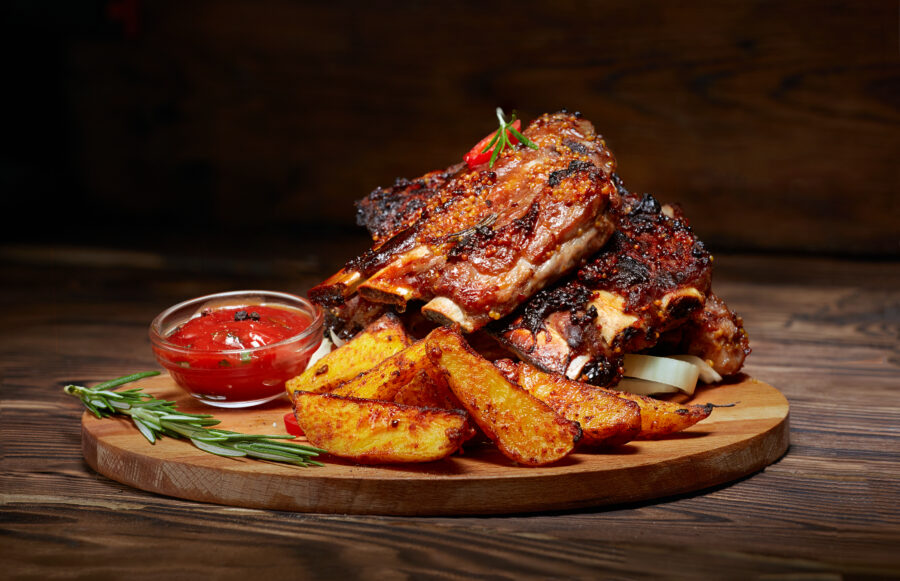
What do you serve ribs with? You could honestly eat them on their own (we’re not judging!), though you can make a meal out of it.
Anything you’d expect to find at a barbecue can work here. For something more hearty and filling, go for a side of mac n’ cheese or steak-cut fries.
If you want a more balanced meal, a light salad will do. You don’t have to go crazy with the toppings — tomatoes and onions work just fine.
Grilling vs. Baking
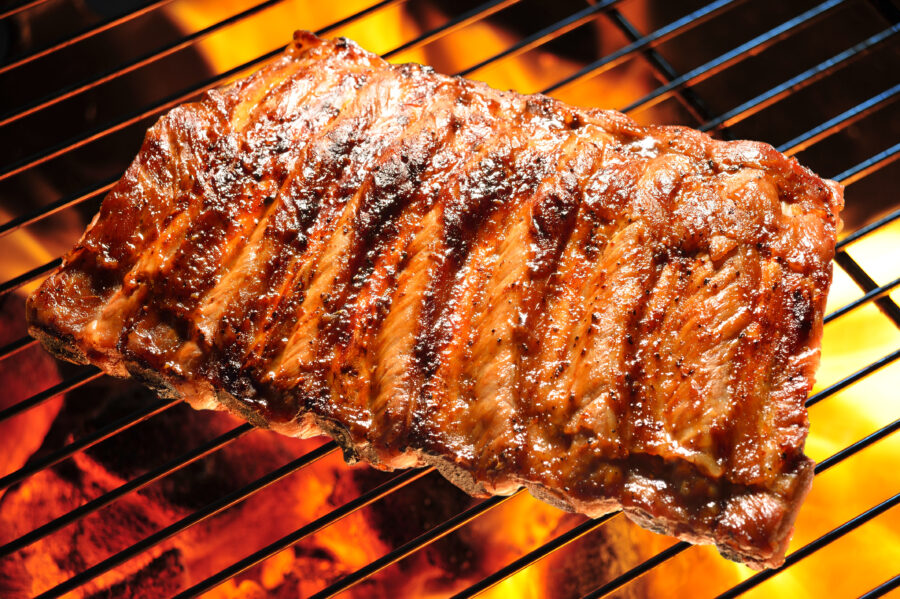
Most tutorials on cooking ribs involve using as grill at some point. This is the most common cooking method for ribs, but it’s not the only one.
If your favorite part about baby back ribs is the tenderness, then baking is for you. You’ll want to wrap them in foil before throwing them in the oven.
Make sure to marinade the meat prior to baking. Once they’re in the oven, let them bake between three and four hours before eating.
Slow Cooking
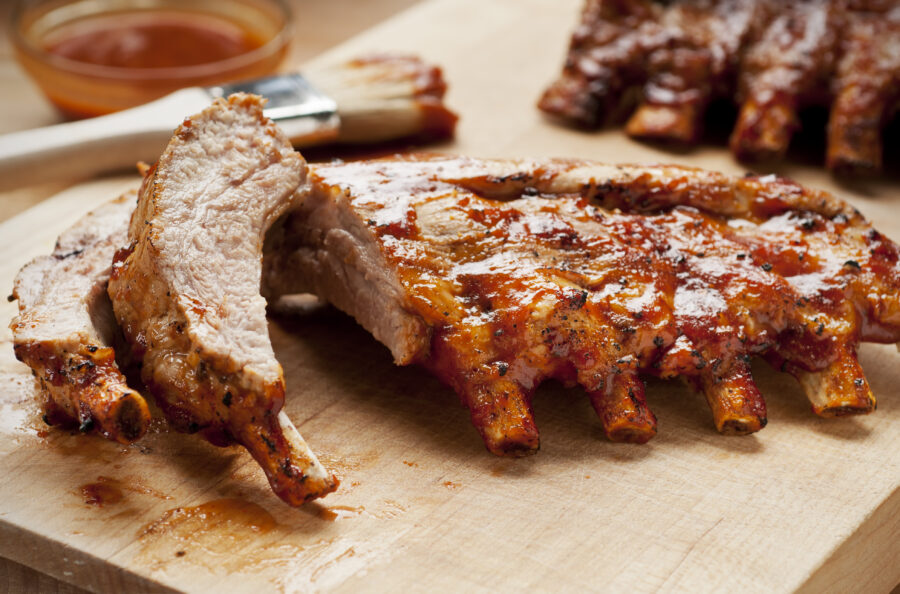
If you can bake ribs, then why not use a slow cooker? This method will make your ribs even more tender than baking them will.
Add the sauce before putting it in the slow cooker, not after. You can also add it afterwards, if you want an ultra saucy dish.
The one con is that it takes longer to cook (emphasis on the slow). It can take seven to nine hours, depending on your preferred level of tenderness.
Using a Smoker
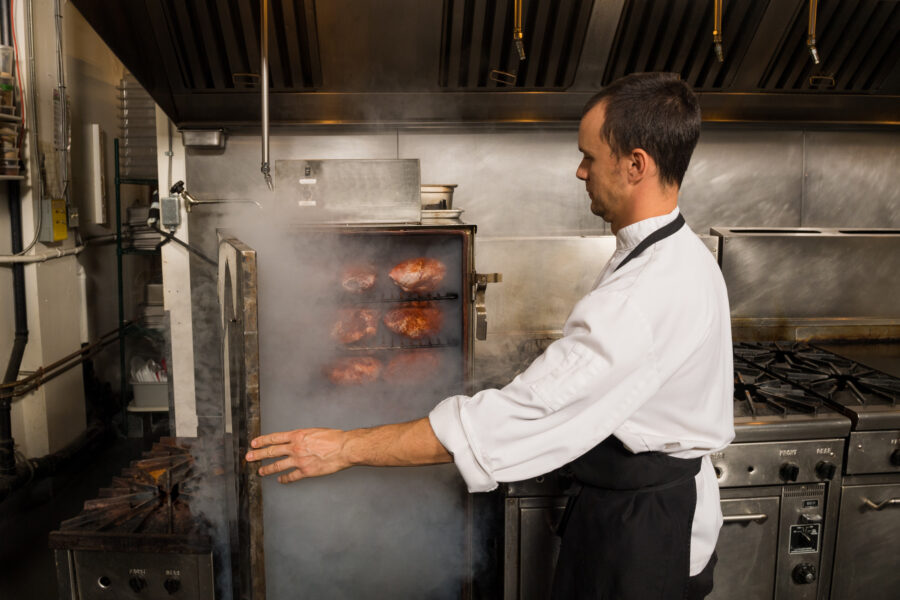
Baby back ribs are always tender, though some methods make them juicier than others. Smoking is for those who don’t want their meat to fall off the bone.
Smoking takes a little less time than the other methods, but not by much. It should take an average of about five hours.
Halfway through cooking, wrap the ribs in foil. Then, finish cooking. The ribs should have a crispy outer layer when done, adding some nice texture.
DIY Smoker Setup
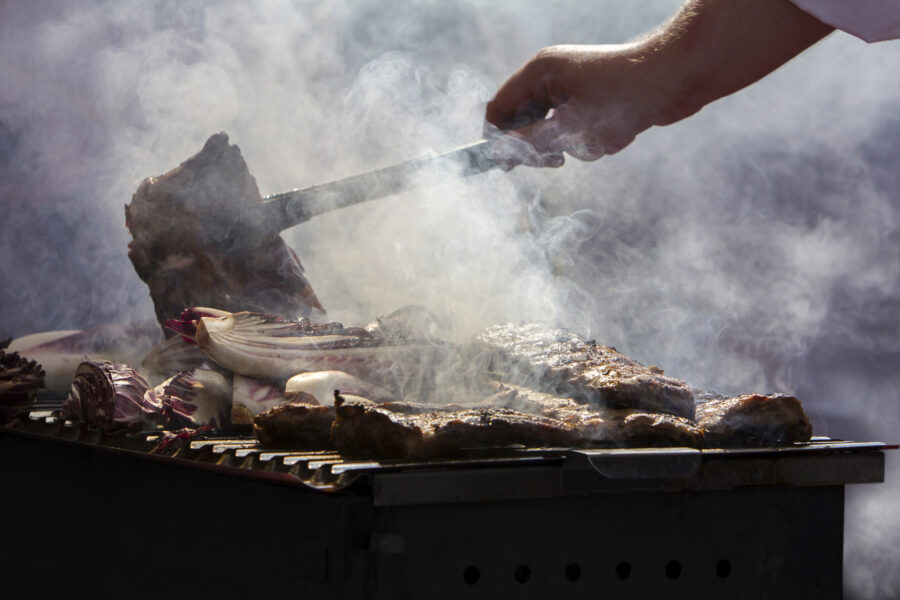
If you don’t have a smoker at home, don’t worry. You can make your own at home. Yes, being handy helps, but it’s not too difficult.
The biggest component of this project is plywood. This will make up pretty much the whole structure of your DIY smoker, both outside and inside.
You’ll have three separate sections of the smoker. The bottom sWant hould be made of holes. For more thorough tips, check out Barbecue Smoker Recipes.
Wine and Beverage Pairings

Want to feel classy while you eat your baby back ribs? Pour yourself a glass of wine. It’ll always make you feel fancy. And drunk.
Red meat generally pairs well with red wine. Ribs are no exception. Rich reds like Pinot Noir, Bourdeaux, Cabernet, or Barolo are great (per Wine Enthusiast).
Not everyone likes wine, though. Hard to believe, but true. Solid non-alcoholic options include iced tea, lemonade, ginger ale, or ginger beer (if you want a stronger taste).
Marinades and Rubs
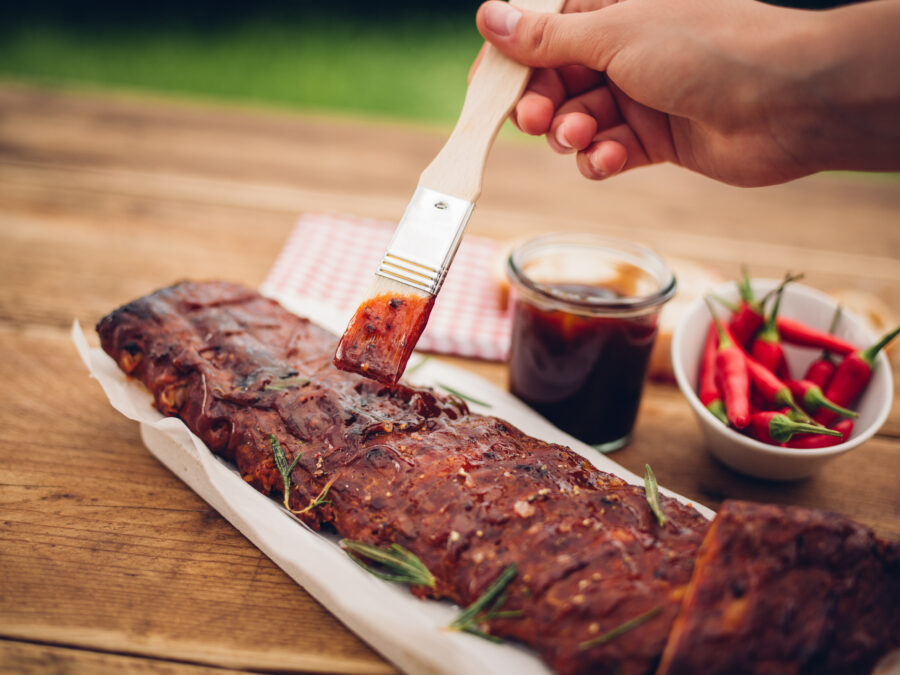
Pro tip: don’t serve ribs unseasoned. The type of seasoning differs, but there should always be something on them, whether it’s a wet marinade or a dry rub.
This is something you can have a lot of fun with. For a dry rub, brown sugar, paprika, salt, pepper, garlic, and onion powder works wonders.
For a marinade, try a mix of worcestershire sauce, soy sauce, and vinegar. Feel free to tweak our suggestions to your own taste.
Testing for Doneness
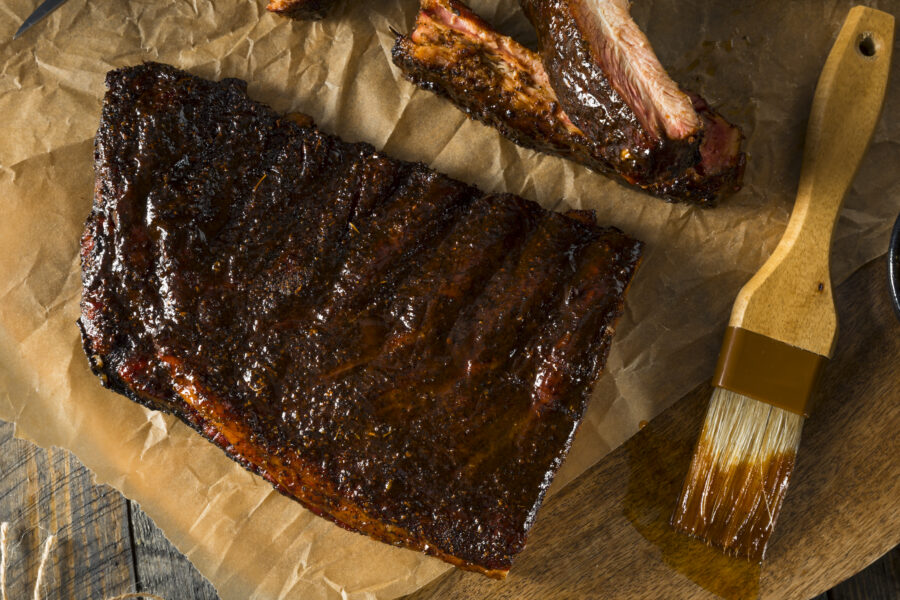
Even if we all have different tastes in marinades and cooking methods, we can agree on one thing: nobody likes raw meat. How can you ensure it’s done?
You’re going to want a thermometer. To correctly check the temperature, stick it in between the bones. It should be in between 195 and 205 degrees Fahrenheit.
You could also lift up your ribs on one end. If they bend in the middle but don’t break, you’ve hit that sweet spot (per One Hot Mama’s BBQ).
Regional Variations
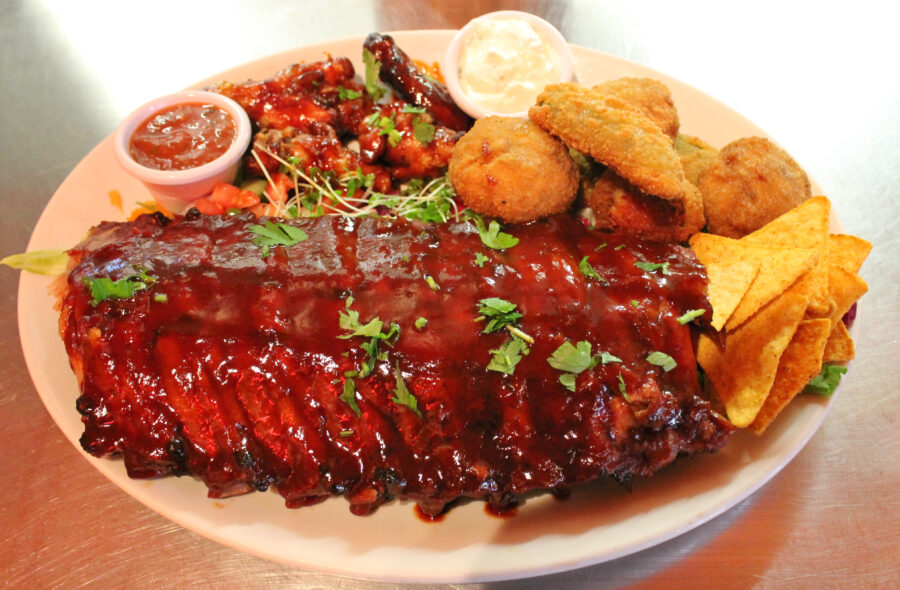
There are as many regional variations of baby back ribs as there are people. There’s Memphis-style, which includes a tomato-based sauce. These are more sweet than spicy.
Want something with a little more kick to it? Try Texas-style barbecue instead. It’s spicier than its Memphis counterpart, made with hot sauce and cumin.
Kansas City-style ribs are kind of like a balance between the two. They’re sweeter, but still manage to be tangy, combining molasses and vinegar.
Common Cooking Mistakes
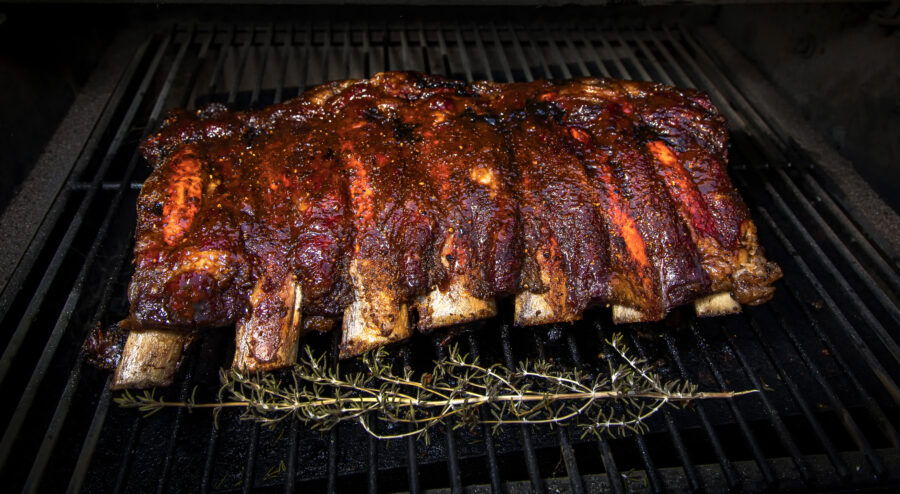
Sometimes, the best way to learn is figuring out what not to do. Everyone has different techniques, though a few that remain the same across the board.
You might’ve noticed that, regardless of the cooking method, baby back ribs take a while to cook. No, you shouldn’t try to speed up the process.
Another thing: you know that thin layer of skin on the back of the ribs? That’s the membrane, and it should be removed prior to cooking (per Weber).
Fan Favorite Rib Sauces
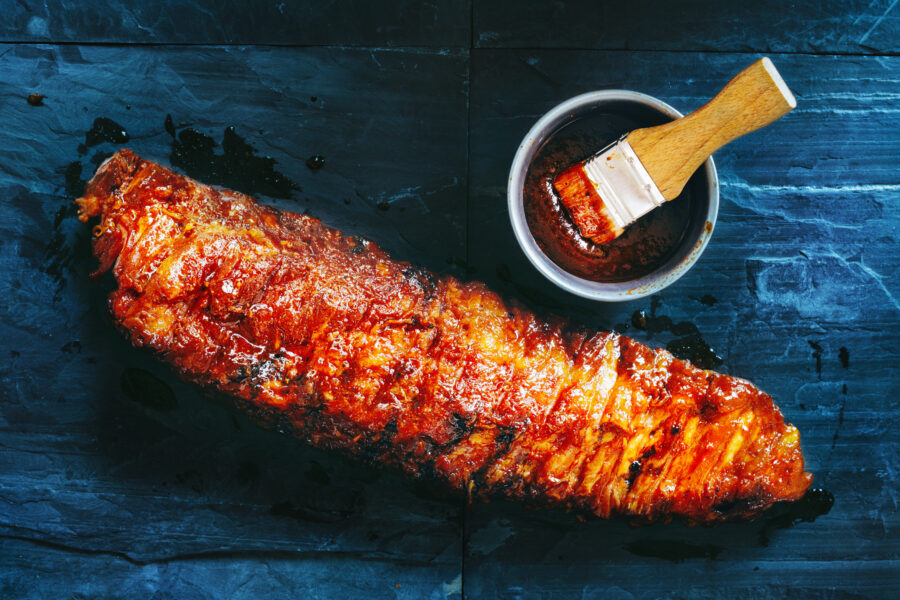
Who doesn’t love a good barbecue sauce? I think it goes without saying that this is, by far, the number one sauce among rib fans.
Of course, not every barbecue sauce is the same. It’s an overarching term for a certain type of sauce. People still have their preferred brands and recipes.
Blues Hog is a pretty popular brand worth checking out. Their flavors include Original, Champion’s Blend, and Raspberry Chipotle. Try them all and get back to us.
Carving Ribs
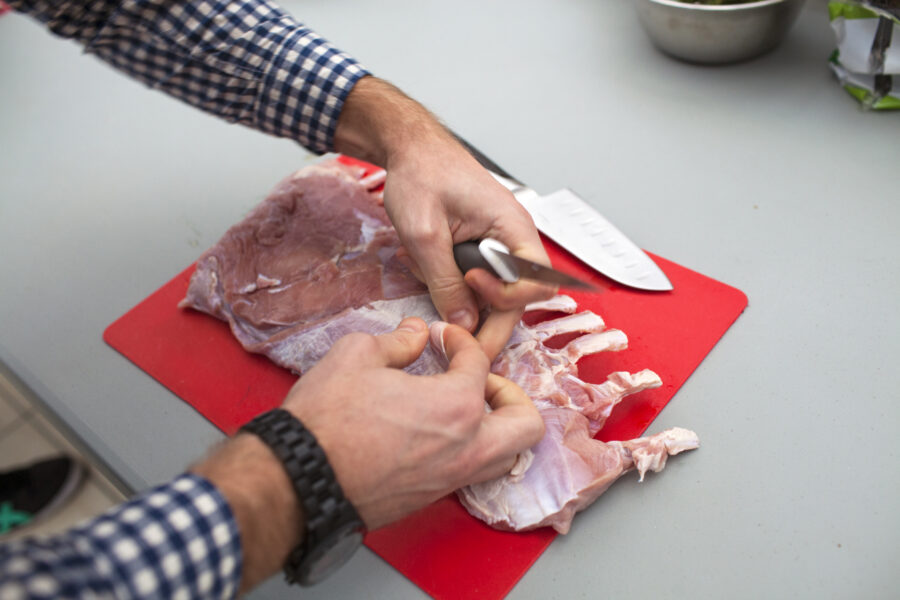
Most people cook their ribs as a whole rack before carving it up. To serve proper baby back ribs, you’ll need to disconnect them from each other.
This is fairly simple. It may take time to get even cuts, but you’ll be able to get it done. Find the spaces between bones and start cutting!
There’s regional differences with this too, however. St. Louis-style ribs will have you start cutting at the breastbone before focusing on individual ribs (per Recipes.net).
Storing Leftover Ribs
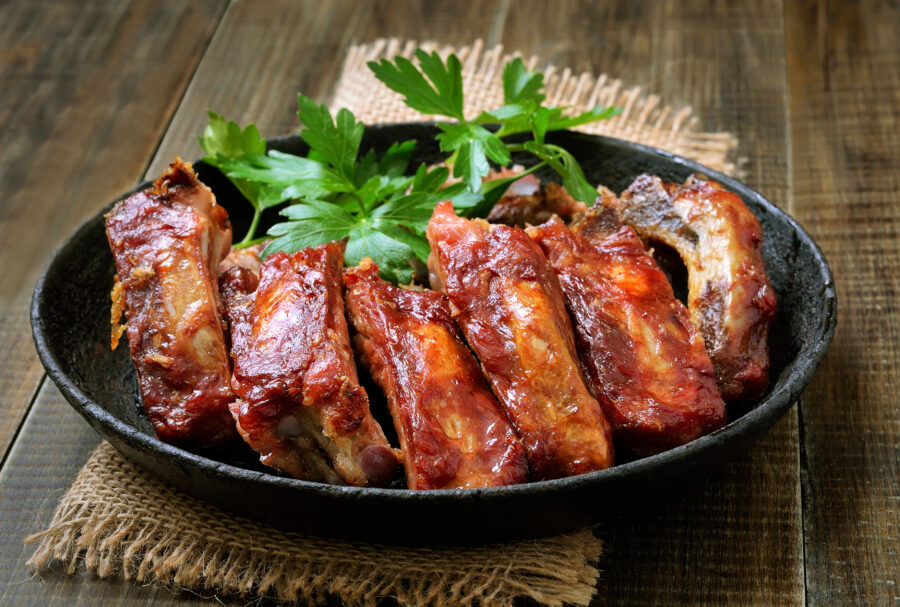
So, you’ve overestimated how much you and your family would eat, and now you’ve got a whole pile of baby back ribs. Happens to the best of us.
Generally, they last about a week in the fridge. It’s best to eat them as soon as possible, though you don’t have to panic if it’s been four days.
If you know you’ll forget them in the fridge, you can also freeze them. Baby back ribs last about four months when frozen.
Rib Competitions
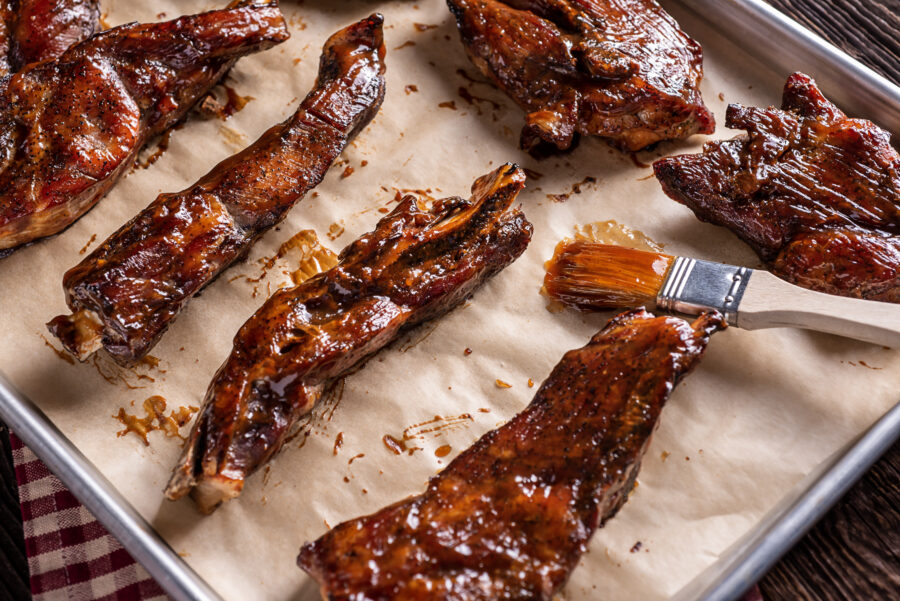
When there’s food, there’s a competition about it. With all the regional styles, competitions centering baby back ribs are pretty much a given.
There’s plenty of local competitions, but the biggest is the World Championship Barbecue Cooking Contest. It takes place in Memphis, and has been ongoing for over 40 years.
It’s so important that people have their own “competition-style” ribs just for it. Baby back ribs are actually popular with most contestants (per Amazingribs.com).

